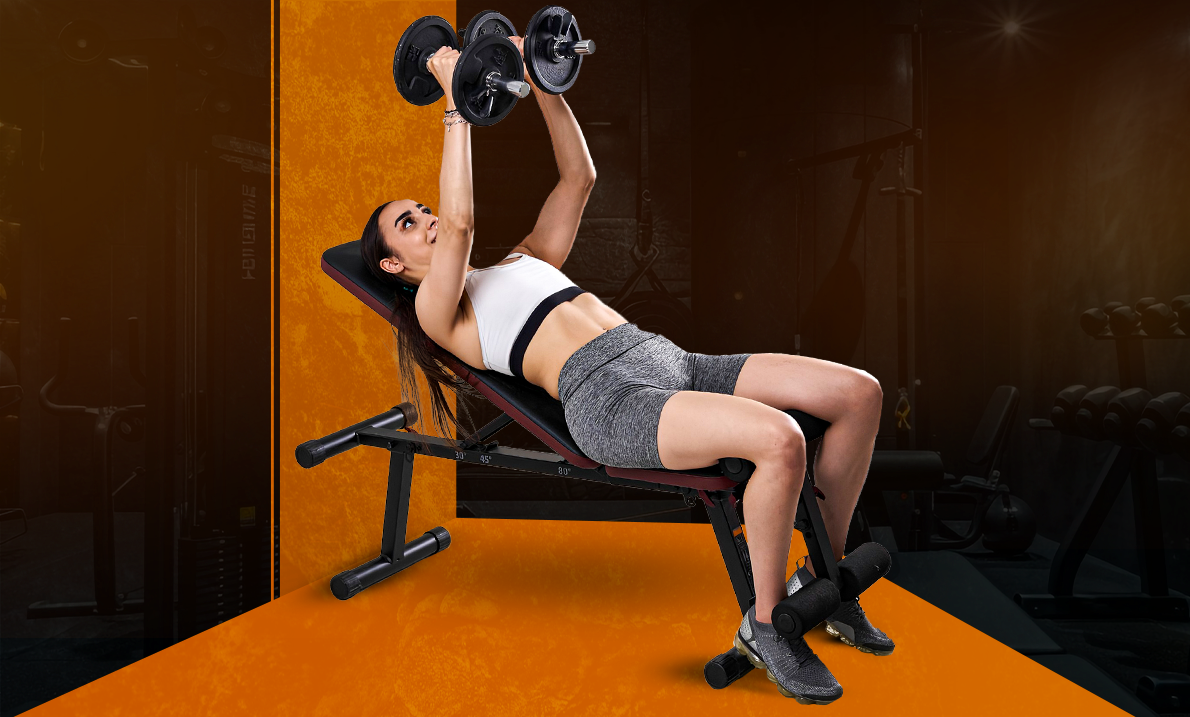The dumbbell bench press is a cornerstone exercise for building upper body strength. It targets the chest muscles, shoulders, and triceps while engaging stabilizing muscles that improve balance and core control. Unlike the barbell bench press, dumbbells allow a greater range of motion and promote better muscle coordination, making them a versatile tool for fitness enthusiasts of all levels.
Mastering the technique of the dumbbell bench press not only maximizes muscle activation but also reduces injury risk. This article will guide you through proper setup, execution, breathing, and common mistakes to avoid, ensuring you get the most from this essential exercise.
Why Choose the Dumbbell Bench Press?
Dumbbells provide several advantages over barbells. They allow independent movement of each arm, which helps correct muscle imbalances and increases shoulder stability. The increased range of motion stretches the pectoral muscles more effectively, contributing to better muscle growth. Additionally, dumbbells engage the core and shoulder stabilizers more intensely to control the weights throughout the lift.
Because of its versatility, the dumbbell bench press can be adapted to various fitness goals. Beginners can start with lighter weights to focus on form, while advanced lifters can increase load or modify angles using incline or decline benches to target different chest regions.
Setting Up Correctly for the Dumbbell Bench Press
Choosing the Bench:
Select a sturdy flat bench or adjust the backrest to an incline between 30 and 45 degrees if you want to emphasize the upper chest. Ensure the bench supports your full back without discomfort or instability.
Body Position:
Lie back with your feet flat on the floor for balance. Keep your head, shoulders, and buttocks in contact with the bench throughout the movement.
Grip and Dumbbell Position:
Start with a dumbbell in each hand resting on your thighs. Use your thighs to help lift the dumbbells into position above your chest. Maintain a firm grip and keep your wrists aligned with your forearms to avoid strain.
Engage Your Core:
Activate your abdominal muscles to stabilize your torso. This prevents excessive arching of the back and maintains proper spinal alignment.
Elbow Angle:
Keep your elbows at about a 45-degree angle relative to your torso to minimize shoulder stress and maximize chest engagement. Avoid flaring elbows out wide at 90 degrees, which can increase injury risk.
Performing the Dumbbell Bench Press
Lowering the Dumbbells:
Slowly lower the dumbbells toward your chest, controlling the descent. Your elbows should stay angled at 45 degrees and lower until you feel a comfortable stretch in your chest or your elbows dip just below shoulder level. Avoid dropping the weights quickly, which reduces muscle engagement and increases injury risk.
Pressing the Dumbbells:
Drive through your palms and engage your chest muscles to press the dumbbells back up. Keep the movement smooth and controlled. Avoid locking your elbows at the top to maintain tension on the muscles.
Maintaining Tension:
Depending on your goals, you may pause briefly at the top or use continuous motion. A slight pause can enhance muscle activation for hypertrophy training, while continuous reps may be better for endurance.
Breathing for Stability and Power
Proper breathing technique supports core stabilization and safe lifting. Inhale deeply as you lower the dumbbells to create intra-abdominal pressure that stabilizes your spine. Exhale forcefully as you press the weights upward, helping to release tension and maintain control.
Avoid holding your breath unnecessarily except during very heavy maximal lifts, where the Valsalva maneuver can provide brief additional support.
Common Mistakes to Avoid
Elbows Flared Too Wide:
Keep elbows closer to the body to reduce shoulder strain and improve chest activation.
Overarching the Back:
Maintain a natural, neutral spine. Excessive arching can lead to lower back discomfort or injury.
Using Weights That Are Too Heavy:
Choose weights that allow you to maintain control and proper form throughout the set.
Rushing Repetitions:
Slow, controlled movements maximize muscle engagement and reduce risk of injury.
Variations to Enhance Your Training
To target different areas of the chest and prevent plateaus, try these variations:
- Incline Dumbbell Bench Press: Focuses on the upper chest and front shoulders.
- Decline Dumbbell Bench Press: Emphasizes the lower chest and reduces shoulder stress.
- Unilateral Dumbbell Press: Press one dumbbell at a time to correct muscular imbalances and increase core activation.
Warm-Up and Cool-Down Recommendations
Prior to your workout, perform dynamic warm-ups like light push-ups, shoulder rotations, and band pull-aparts to activate muscles and improve mobility. Avoid static stretching before lifting heavy, as it may reduce strength temporarily.
Post-workout, incorporate static stretches targeting the chest, shoulders, and triceps to improve flexibility and decrease soreness. Examples include doorway chest stretches and overhead triceps stretches.
Progression Tips for Long-Term Gains
To continue making progress:
- Gradually increase the weight by 2.5 to 5 pounds once you can perform 12 reps with good form.
- Adjust training volume by adding sets or reps as needed.
- Modify rest periods to focus on strength (longer rests) or endurance (shorter rests).
- Prioritize recovery through proper nutrition, sleep, and mobility work.
Safety Guidelines
- Use a spotter when lifting heavy weights to assist if needed.
- Stop immediately if you experience pain or discomfort.
- Start with lighter weights to build confidence and control before progressing.
- Listen to your body to prevent overtraining or injury.
Conclusion
Perfecting your dumbbell bench press technique is crucial for building upper body strength safely and effectively. Its versatility allows adaptation for all fitness levels and goals, making it a staple in any training program.
Focusing on setup, controlled execution, proper breathing, and avoiding common mistakes will maximize muscle gains while protecting your joints and spine. Incorporate variations and progression strategies to keep your workouts fresh and productive.
For personalized guidance and program management, tools like Dr. Muscle can automate your training adjustments and track progress, helping you stay on course toward your fitness goals with confidence.










